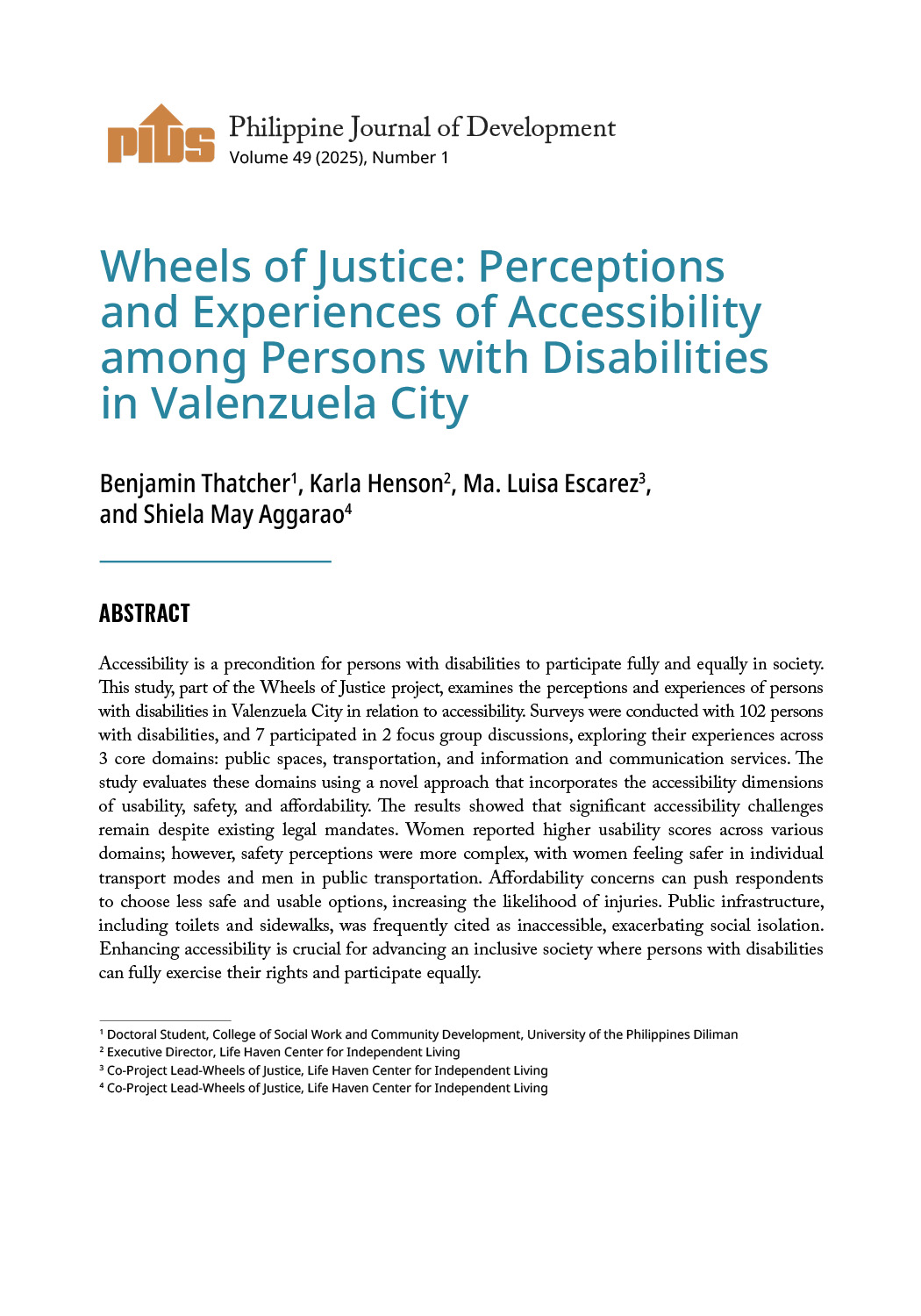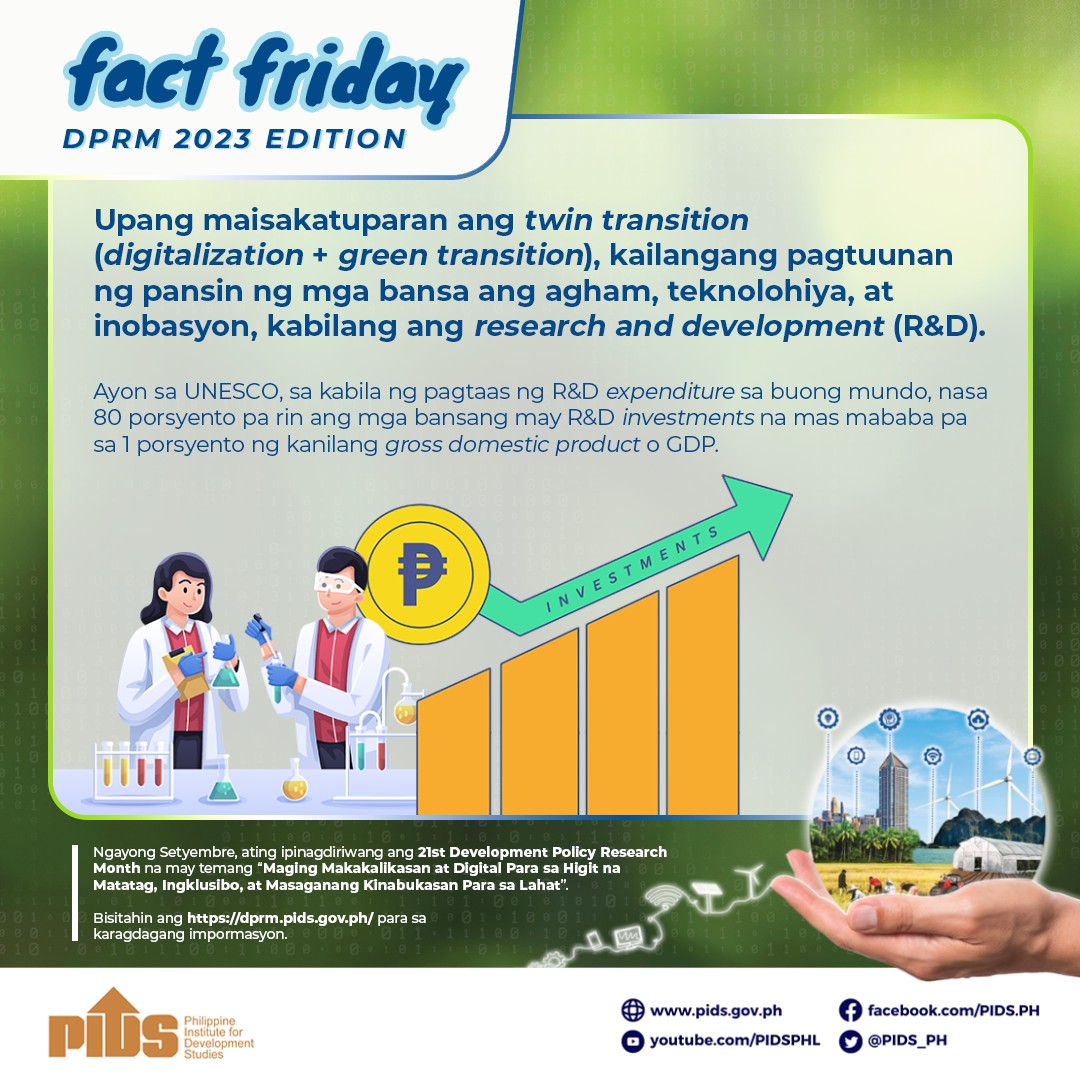THE proposed budget for the Community-Based Monitoring System (CBMS) will not be able to cover all cities and municipalities next year, according to the Philippine Statistics Authority (PSA).
In a recent news forum, PSA Assistant National Statistician Plenee Grace J. Castillo said the proposed budget of the CBMS is only P574.16 million and can only cover at least 93 municipalities.
With this, Castillo said, the PSA will prioritize 5th-class and 6th-class municipalities as well as those that are still unclassified but are found in the Bangsamoro Autonomous Region in Muslim Mindanao (BARMM).
“[Based on the] law, all cities and municipalities should be covered; but the available budget to us, this is still a recommendation,” Castillo said. “The cities and municipalities will be from the poorest cities and municipalities.”
Castillo said the initial batch of 93 cities and municipalities will include 27 6th-class municipalities, 21 unclassified municipalities mostly located in the Barmm and at least 45 5th-class municipalities.
While the CBMS is not new and some local government units (LGUs) have already been using it to track local development indicators, Castillo said the aim is to eventually have just one source for CBMS data, which is the one obtained through the PSA.
“Our intention is for us to have just one CBMS and that is the PSA-led CBMS. The CBMS that is being done by our LGUs will eventually be stopped once we have started at the PSA to implement the CBMS,” Castillo said in the vernacular.
“This concurrent period in the implementation of the law is being treated as a transition period; so their initiatives to do CBMS, based on the old methodology, are being wrapped up,” she explained. “We are not saying that they should stop their efforts because we consider these initiatives as very useful for them. They should continue and complete these efforts during the transition period.”
The CBMS, which was passed into law in 2019, will cater to the data support for the multi-dimensional poverty index, Sustainable Development Goal (SDG) indicators, community development plans and local registries.
National Statistician Claire Dennis S. Mapa earlier told BusinessMirror, that the CBMS will capture more non-income indicators of poverty such as health, nutrition, water, sanitation, shelter, education, security and participation, among others.
The CBMS was developed by the team from De La Salle University led by former Philippine Institute for Development Studies President Celia M. Reyes in the early 1990s. In 1995, the CBMS was used for the Micro Impacts of Macroeconomic Adjustment Policies (MIMAP) Project-Philippines.
The system seeks to provide policymakers and program implementers with a good information base for tracking the impacts of macroeconomic reforms and various policy shocks.
2022 budget for data collection to cover only 93 municipalities












